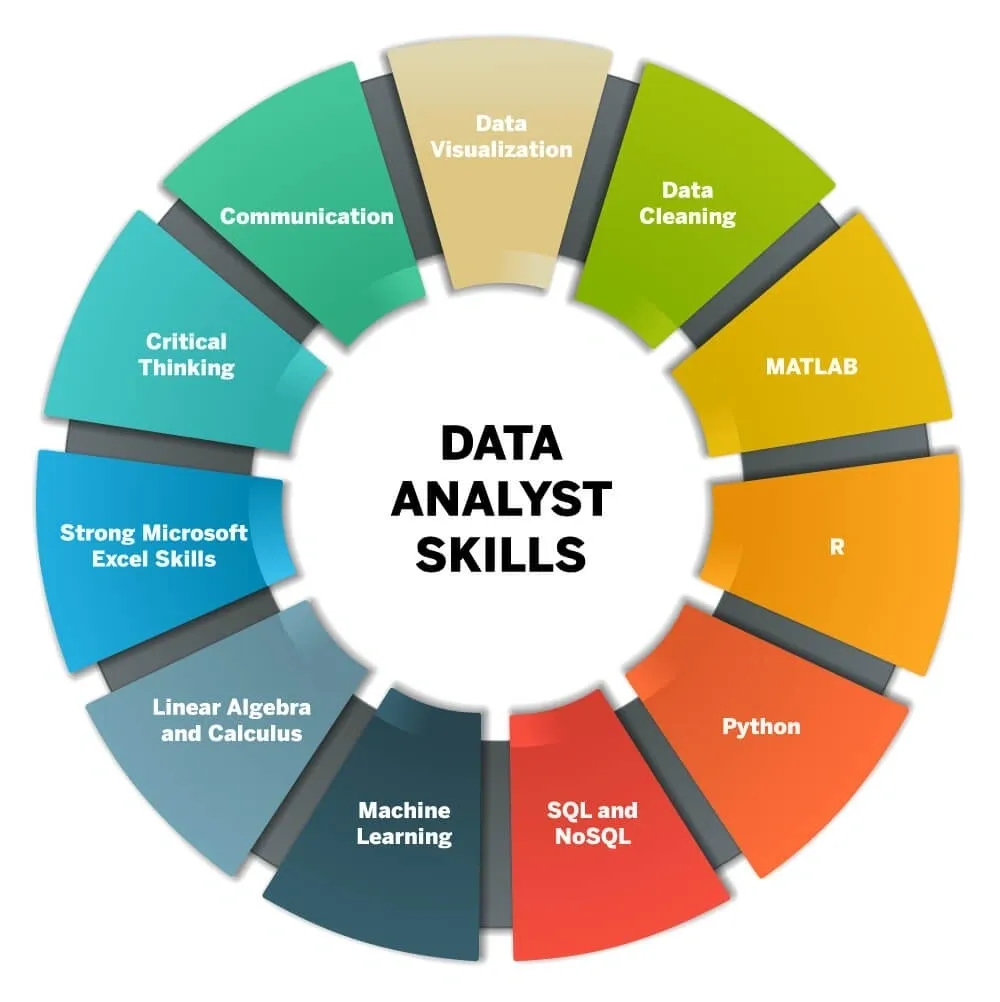
You seem interested in working as a data analyst. Perhaps you heard about this exciting job title and were curious to learn more. You’ve done lots of research and decided this is the career for you. Ideally, you would like to know exactly what a job as a data analyst entails, as well as how to achieve it.
Following a global pandemic for the past couple of years, you may also have wondered what the industry will be like for new and aspiring data analysts in 2022.
Do data analysts still have a demand?
How has COVID-19 affected job prospects?
Fortunately, you’ve found the right place. Our goal will be to show you what steps you need to take to become a data analyst, what a data analyst does, and what skills you’ll need to be successful (and employable) in the field. We will also examine how the past two years have impacted the industry and what you can expect as you embark on a data career in 2022 and beyond.
How can you make your mark as a newly qualified analyst?
The field of data analytics is rapidly expanding, and there is a high demand for data analysts. Even so, breaking into a new industry can be challenging-especially in such uncertain times. Identifying relevant opportunities and setting yourself apart will require a few strategies on your side.
The following are the top 5 strategies to become the best data analyst in 2022:

Step 1: Learn the fundamentals
You’ll begin by getting familiar with some of the essential tools and principles of data analytics in this first step. In this step, you’ll learn:
- Analyzing data based on a theory
- Analyzing data with some of the key tools
Suppose you wish to make data analysis the focus of your reading. In that case, we recommend researching descriptive, diagnostic, predictive, and prescriptive techniques, including regression analysis, factor analysis, cohort analysis, cluster analysis, and time series analysis.
Step 2: Create a structured course to commit to the process.
Now is the time to take your career change seriously. You can find many great free resources on the internet, but they do not provide you with a structured approach or hands-on practice. The best (and most rewarding) way to become a data analyst is to enrol in a specialized program or course.
With the growing demand for skilled data analysts, several courses and boot camps have emerged that promise to transform you from a data newbie to a job-ready professional. First, however, it’s essential to find a program that suits your schedule and budget (especially if you plan to work and study simultaneously).
We strongly recommend you to participate in a RIDM’s Data Analytics course that can provide the following:
Mentorship: We offer the best courses on the market and offer one-to-one advice, which is crucial for staying motivated and receiving constructive feedback.
A Curriculum that emphasizes practical skills: Our course is the best that integrates practical exercises into the learning experience, focuses on project work, and helps you build your portfolio.
Expert Career Advice and Placement Guidance: We offer expert career advice and placement guidance to help you become a data analyst. Thus, you can find the proper role once you’ve completed your studies.
Step 3: Develop your soft skills
There are many ways you can enhance your learning beyond your data analytics course. Although our course covers the hard skills, it’s also a good idea to start working on your soft skills. It takes some creativity to reach this point, especially if your current role doesn’t offer such opportunities. If your current job doesn’t allow you to develop specific soft skills, look for other options.
Step 4: Network with other people
The golden rule applies to every industry: if you want to get your foot in the door, you need to establish a good network and make connections. So even though many of us fear the idea of networking, it doesn’t have to be as uncomfortable as it might sound. The types of networking are many, from a friendly message on LinkedIn to a full-on conference circuit.
Step 5: Improve your portfolio
The fifth step toward becoming a data analyst is refining your portfolio and preparing for the job market. Portfolios are one of your most valuable assets when applying for jobs. They showcase how you work and show that you have not only mastered the right skills but can apply them in the real world.
Conclusion:
Taking part in data analytics training is a great way to sharpen your skills with this rapid growth. As part of our quality data analytics course, you will have the opportunity to work on practical projects and build up a professional portfolio.
Share this post :